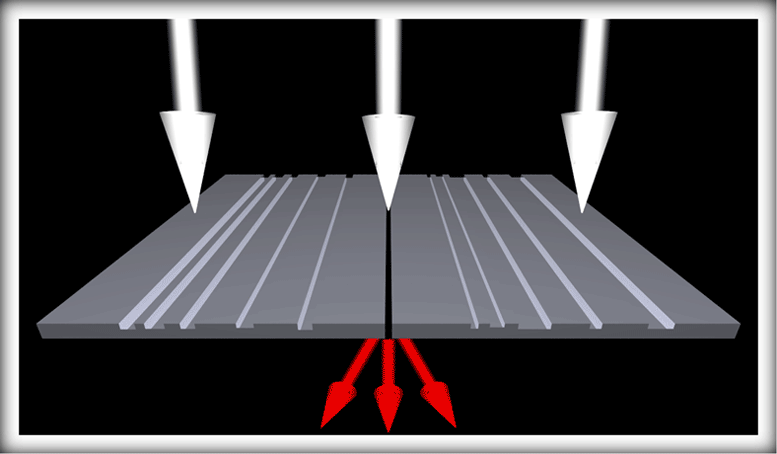A summary of the topic of electronics and nano photonics Nano Photonics and electronic nano lasers (Nano Laser)
Researcher and author: Dr. ( Afshin Rashid)
Note: Nano-photonics or nano-optics includes metal components that can transmit and focus light, often refers to ultraviolet, visible and infrared rays, whose wavelength ranges from 300 to 1200 nm. Nano lasers are one of the components of Nano Photonics.
Nanophotonics or nanooptics is the study of the behavior of light based on the interactions of optical material science and engineering, at wavelength and wavelength scales, where natural or chemical projects of nanostructured natural materials or nanotechnology at scale Nanophotonics and synthetics using optics including silicon-based semiconductors (where nanophotonics improve speed and performance) are associated with specific technologies such as optical engineering, electrical engineering, and nanotechnology.
(nanolaser) is a laser that on the scale of nano dimensions, these tiny lasers can be quickly modulated and together with the small footprint, make them ideal candidates for optical computing on a chip . The intense optical fields of such a laser also enable the amplification effect in nonlinear optics or scattering (Raman) with increased surface area , thus paving the way for integrated nanophotonic circuits , in general Nano Laser or amplification is a process in which the environment transfers part of its energy to the emitted electromagnetic radiation , and as a result, the optical power increases. This is the basic principle of all lasers. Quantitatively, gain is a measure of the ability of a laser medium to increase optical power.
Lasers are a beam of electromagnetic radiation. Laser beams can be produced from visible light, X-rays, ultraviolet rays or infrared light. Laser is a type of excited and energetic light that cannot be seen in nature under normal conditions, but it can be created with special technology and equipment. Laser has differences with ordinary light, and these characteristics cause its special abilities and applications. Laser light is brighter and more intense than natural light . Laser light can break the hardest metals and easily pass through a hard object like diamond and create a hole in it. The low-power and ultra-fine beams of other types of lasers can be used to perform very delicate operations such as surgery on the human eye. Laser light can be controlled with high accuracy He took control and used it as a continuous beam called continuous laser or fast bursts called pulsed laser . Unlike normal light, laser light has completely coordinated energy, which creates a lot of power to do different things in it. The word laser is derived from the first letters of the words that describe its characteristics, which means light amplification by the induced emission of radiation . The difference between laser beam and normal light is in the important properties that exist in this beam.
Conclusion :
Nanophotonics or nano-optics involves metallic components that can transmit and focus light, often referring to ultraviolet, visible, and infrared radiation, with wavelengths ranging from 300 to 1200 nm. Nano lasers are one of the components of Nano Photonics.
Researcher and author: Dr. ( Afshin Rashid)
Specialized doctorate in nano-microelectronics







